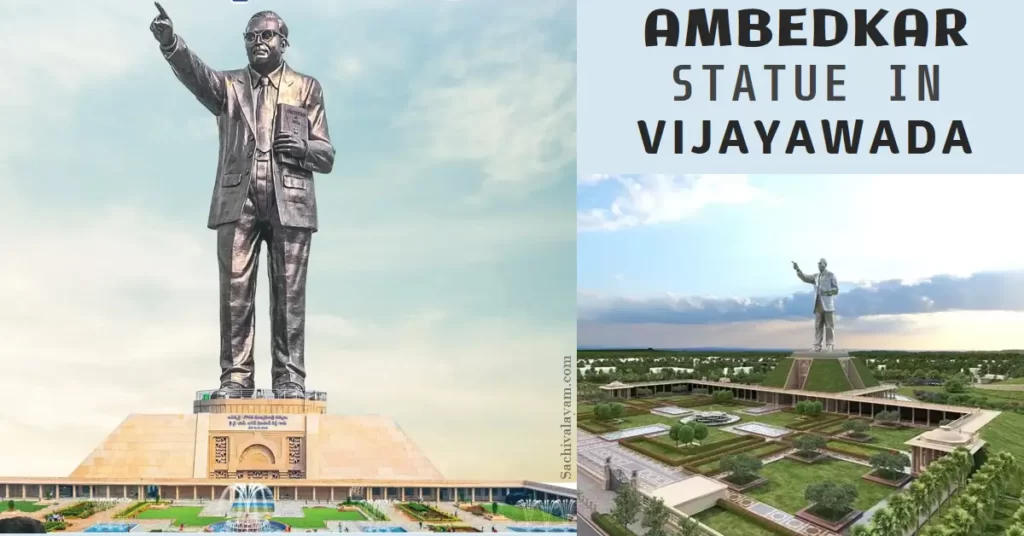Hey everyone, have you heard about the awe-inspiring Sudarshan Setu Bridge in Gujarat, India? It’s not just your average bridge. it’s a 2.32-kilometer marvel stretching across the Arabian Sea, connecting the mainland town of Okha to the sacred island of Beyt Dwarka.
On February 25th, 2024, Prime Minister Narendra Modi inaugurated the strategically important Sudarshan Setu bridge over the Gulf of Kutch connecting Okha mainland to Beyt Dwarka Island off the Gujarat coast. It is India’s longest cable-stayed road bridge.
The bridge, which was known as ‘Signature Bridge’, has been renamed as ‘Sudarshan Setu’ or Sudarshan Bridge.
Table of Contents
ToggleSudarshan Setu bridge construction company
The Sudarshan Setu Bridge, boasting a width of 27 meters and featuring four lanes, is a testament to India’s infrastructure development. Here’s a glimpse into its project history and cost details:
Sanction and Estimated Costs:
- Approved in 2017 by the Government of India.
- Estimated cost of ₹979 crores (approximately $1.2 billion USD).
- Project overseen by the Roads and Building Department of Gujarat.
Construction and Specifications:
- Executed by SP Singla Construction Pvt Ltd (contractor) over a 6-year period.
- Total length of 2.32 kilometers, including:
- A central double-span cable-stayed section stretching 900 meters.
- Approach roads totaling 2.45 kilometers in length.
A Timeline of Construction
- October 7, 2017: Construction officially commences.
- December 10, 2023: Construction is completed.
- February 25, 2024: The bridge is inaugurated, marking its official opening.
Bridging the Gap: Sudarshan Setu Enhances Connectivity
The bridge now serves as a vital link, connecting Okha mainland directly to Beyt Dwarka, effectively reducing the distance between “old” and “new” Dwarka by nearly 80 kilometers. This translates to:
- Simplified travel: Pilgrims and tourists visiting the Dwarkadhish Temple can now enjoy a more convenient and direct route.
- Reduced transportation costs: The bridge eliminates ferry expenses, making travel more affordable for pilgrims and locals alike.
- Shorter travel time: The bridge significantly reduces travel time, allowing for faster journeys between the mainland and the island.
- Economic boost: Improved connectivity is expected to catalyze the local economy by facilitating trade, tourism, and development in the region.
Sudarshan Setu: Where Art Meets Engineering
1. Adorned with Religious Imagery:
Unlike conventional bridges, the Sudarshan Setu boasts 2.5-meter-wide pedestrian footpaths on both sides. These walkways are adorned with verses from the Bhagavad Gita and images of Lord Krishna, paying homage to the cultural significance of Dwarka and its rich history.
2. Marine Safety Engineering Feat:
Considering the harsh marine environment along India’s western coast, the bridge adopts advanced, wind tunnel-tested aerodynamic engineering. This ensures its stability during extreme weather events like cyclones, making it a truly resilient structure.
3. Ro-Ro Ferry Integration:
The bridge’s design facilitates seamless integration with proposed roll-on/roll-off (Ro-Ro) ferry routes. This will allow smooth cross-gulf movement of people and cargo, further strengthening the connection between the mainland and Beyt Dwarka island.
The Sudarshan Setu Bridge is not built over a river. It is a cable-stayed bridge that spans the Gulf of Kutch, which is an arm of the Arabian Sea, located off the coast of Gujarat, India.
7 Key Features Of Sudarshan Setu
- Spanning the Gulf: This cable-stayed bridge connects the mainland town of Okha to Beyt Dwarka Island, a significant feat considering the distance and maritime environment.
- Investment in Connectivity: The bridge, constructed at a cost of approximately ₹980 crore, represents a major investment in connecting communities and facilitating travel.
- Four-Lane Efficiency: The bridge boasts four lanes, enabling smooth traffic flow for both pilgrims and tourists visiting the sacred island.
- Cultural Touches: The 2.5-meter-wide pedestrian walkways are adorned with verses from the Bhagavad Gita and images of Lord Krishna, reflecting the region’s cultural significance.
- Sustainable Design: The bridge incorporates solar panels generating one megawatt of electricity, showcasing a commitment to environmental responsibility.
- A Boon for Pilgrims and Tourism: Aiming to reduce travel time, the bridge is expected to attract more pilgrims and tourists, boosting the local economy.
- Facilitating Access: The bridge replaces the previous reliance on ferries, offering a more convenient and reliable mode of transportation for the island’s residents and visitors.



